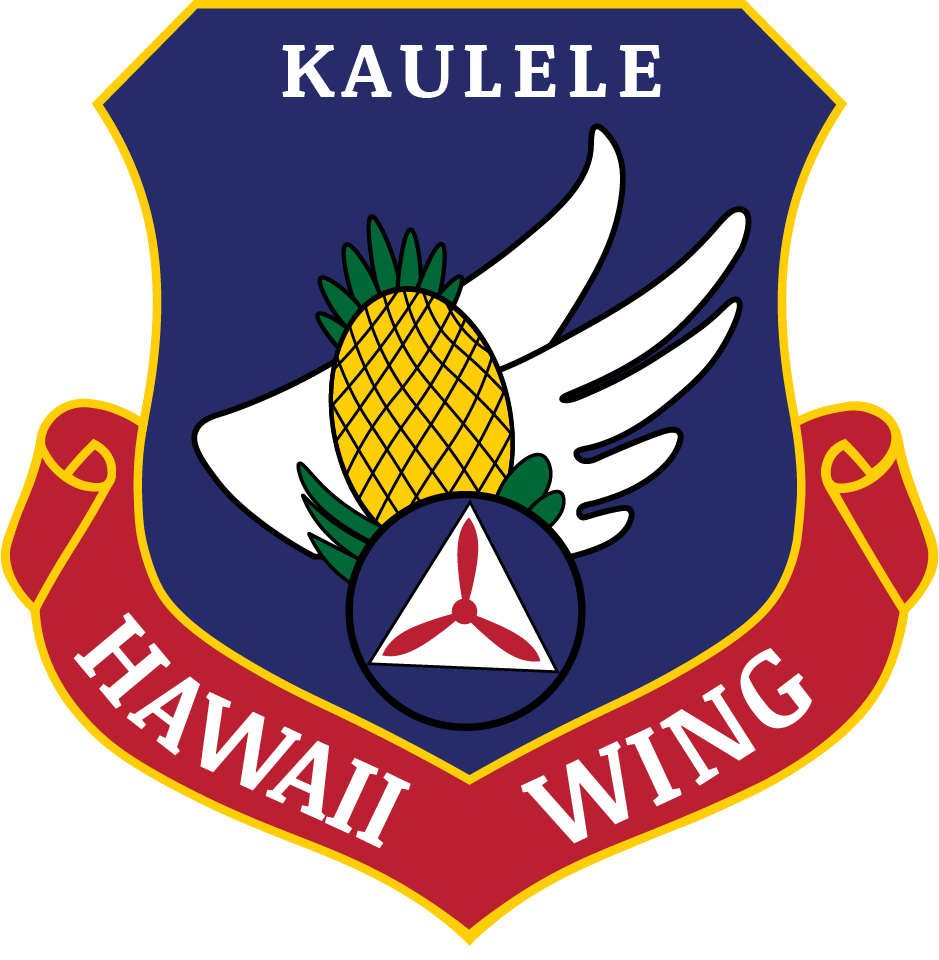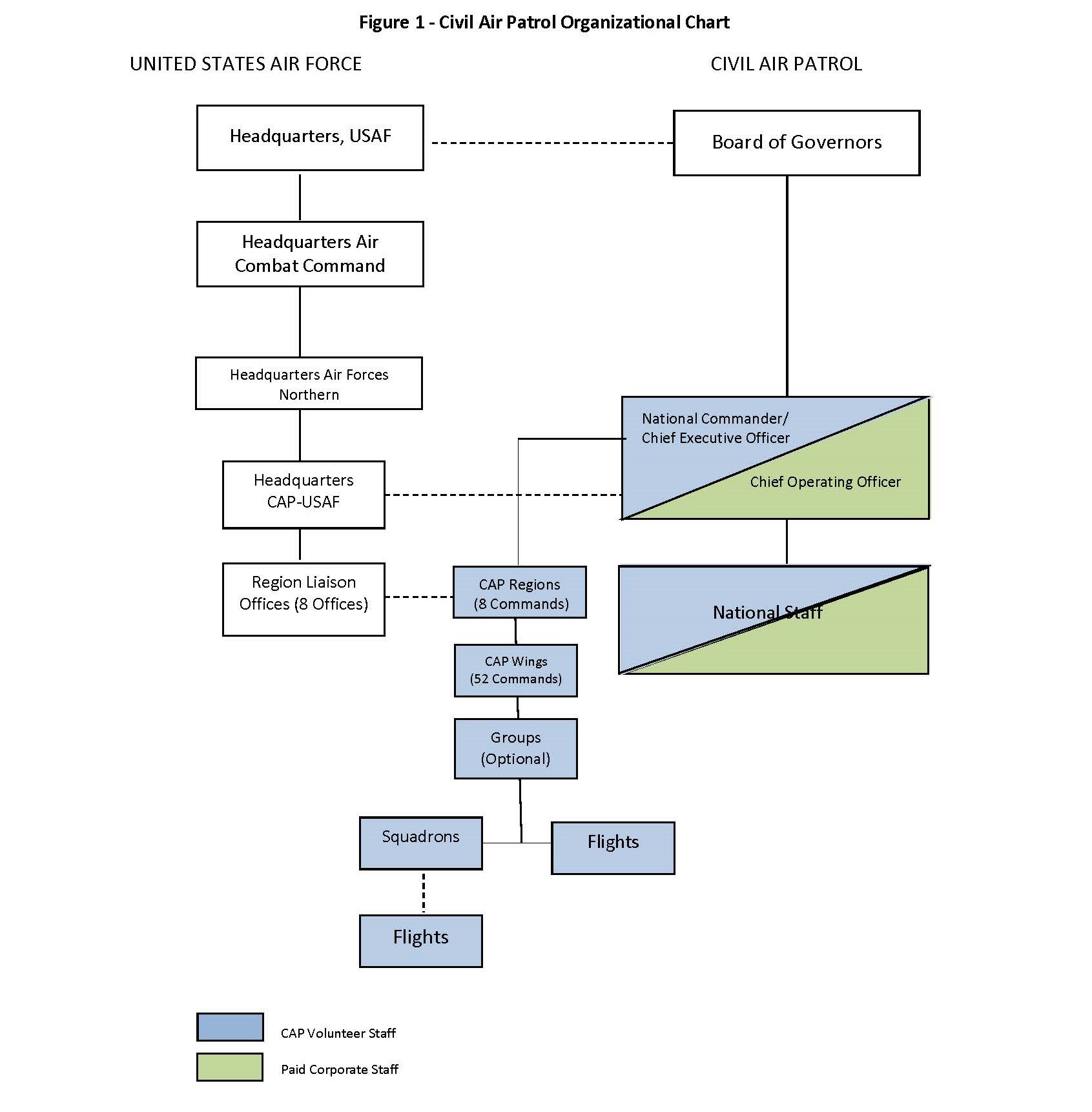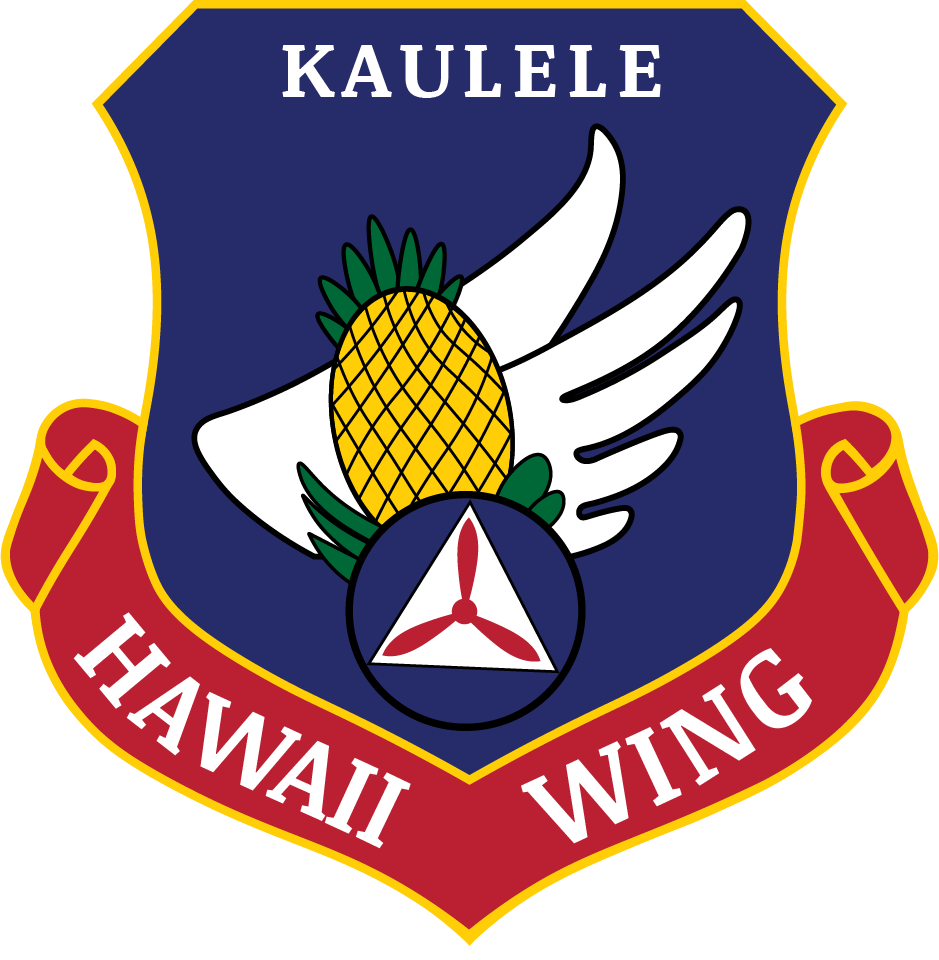Hawaii Wing

Hawaii Wing was established on January 18, 1947, under the direction of our first wing commander Col. Benjamin F. Dillingham which established the 49th Wing headquartered at Hickam Army Air Station in Hanger 11. Hawaii Wing serves as a model for the nation and its territories, to be readily available for the proving of new procedures and policies, and for the purpose of demonstrating the work of the Civil Air Patrol.
The wing-level of Civil Air Patrol is the operational component of the nonprofit organization for performing missions as the U.S. Air Force Auxiliary. The wing is comprised of the wing headquarters and all units (groups, squadrons, and flights) within the state of Hawaii. The wing operates aircraft out of (Oahu) Daniel K. Inouye International Airport (PHNL), Kalaelo Airport (JRF), Wheeler Army Airfield (PHHI), Dillingham Airfield (PHDH); (Kauai) Lihue Airport (PHLI); (Maui) Kahului Airport (PHOG); (Hawaii Island) Hilo International Airport (PHTO), and Ellison Onizuka International Airport (PHKO).

Wing aircrews routinely fly training missions acting as tracks of interest to test and train military air defense capabilities. Aerial missions also include disaster recovery efforts, search and rescue, aircrew training, pilot proficiency, and youth orientation flights. The wing stands ready to assist with search and rescue operations and disaster recovery efforts to provide air, ground, and radio communication resources as directed by the U.S. Air Force Rescue Coordination Center (AFRCC).
The wing commander has command authority and responsibility for all units and their assigned members within the wing. The wing headquarters and subordinate units are managed by all-volunteer members. The wing has one paid employee to assist the wing commander with managing financial and administrative tasks.
The only units established within the Hawaii Wing are subordinate squadrons. The squadron is the community‐level organization of CAP. Squadrons are charged with recruiting individuals to accomplish CAP’s missions and programs, ensuring those members are trained and developed to accomplish those missions and programs, and stewarding CAP resources to prepare for use in CAP’s operational missions. Wing commanders activate squadrons in accordance with CAP regulations, which must maintain a minimum number of members. Squadrons are designated as either Cadet, Composite, or Senior depending on their membership makeup.
The exception is the cadet squadrons at overseas U.S. military installations and the Congressional Squadron on Joint Base Andrews, Maryland, which reports directly to CAP's National Headquarters.
Above the wing level, and below Civil Air Patrol’s National Headquarters, CAP is divided into eight separate regions divided geographically within the United States. Their collective boundaries include all the CAP wings.
Hawaii Wing is part of CAP’s Pacific Region, which also includes Alaska, Washington, Oregon, California, and Nevada wings.
In line with the regions are the CAP-USAF Liaison Regions, which are active-duty Air Force offices that provide advice, assistance, and oversight of CAP regions and wings through their respective commanders. At the national level, CAP‐USAF maintains its headquarters at Maxwell AFB along with CAP’s National Headquarters. The CAP-USAF commander commands all civil service and military members of the U.S. Air Force who are assigned to CAP-USAF (including Air Force personnel at the region liaison offices). The CAP‐USAF commander reports to the commander of the First Air Force, who reports to the commander of Air Combat Command.
Civil Air Patrol’s Board of Governors is established by Title 10, United States Code (U.S.C.), as the governing body of CAP. It directs and manages the affairs of the corporation. The activities of the 11-member Board of Governors are described in the CAP Constitution & Bylaws and other CAP publications and include selecting, retaining, and removing the National Commander/Chief Executive Officer and the Chief Operating Officer.

One of the premier public service organizations in America, CAP benefits the nation with an estimated economic impact of $209 million annually.
Civil Air Patrol’s Congressional charter is outlined in Title 36, U.S.C., which defines the purposes of the corporation. In plain language, CAP’s purposes are:










